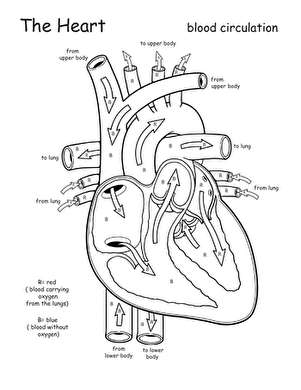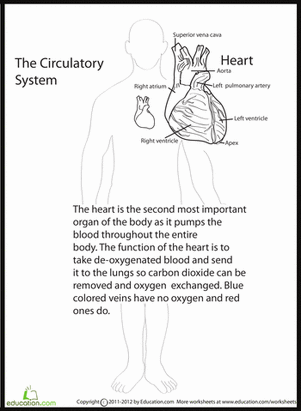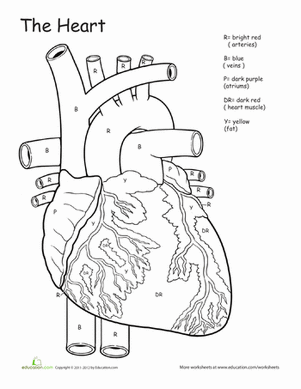Science project
Caffeine and Heart Rate: What Is the Effect of Caffeine on Heart Rate?
How do medical researchers study the effect certain drugs have on the human body? They make sure to conduct what’s called a blind study. A blind study is one where the people being tested have no idea whether they’re taking the drug itself or a placebo—a pill or drink containing no drugs at all. Taste tests are often conducted as blind studies. Why? It has been shown that people who are told the brands of the drinks they’re tasting tend to say better things about the brands they’re more familiar with.1
We’re going to conduct a blind study in this science fair project to determine the effect caffeine has on the human pulse. For this experiment in particular, be sure to tell your subjects exactly what they will be asked to do, the kinds of questions you will ask them, and what you will do with the information they give you. When it comes to studying other people, ethics are extremely important!
Problem:
What effect does caffeine have on human heart rate?
Materials:
- 10 Adults or more (We want to test as many as possible. Why do you think this is?)
- Mp3 player loaded with relaxing music
- Clock and stopwatch (a cell phone usually has both of these functions)
- Eye mask
- 5 cans of a caffeinated version of a drink
- 5 cans of a non-caffeinated version of the same drink
- Paper and tape
- Notebook
Procedure:
- Spend some time learning how to accurately take a person’s pulse. There are plenty of good resources online that can teach you how. Using a stopwatch, make sure to practice taking somebody else’s pulse until you’re sure you can get an accurate reading every time.

- Mask your drinks using your paper and tape and label each can with a number.
- Make sure that you record whether each number is caffeinated or non-caffeinated in your notebook.
- Arrange a time to test each adult. It will take around 30 minutes to perform the test. Test each person at around the same time of day, in the same circumstances (same chair, same song, etc.). Be sure to test each adult one at a time. Ask each person to refrain from eating or drinking for two hours before the test. Why do you think we want to make sure all of these things are the same from one test to the next?
- Ask each subject what his or her caffeine consumption habits are. Record the subject’s answers on a sheet of paper dedicated to that subject, and be sure to keep your records confidential.
- Have your subject put the mask over his or her eyes. Have the subject put the headphones on, listen to the music, and relax.
- After five minutes have passed, take and record your subject’s starting pulse without disturbing them.
- Provide your subject with a randomly selected drink. Record the drink’s number in your notebook. Ask your subject to drink it as quickly as possible.
- Wait five minutes, and then take and record your subject’s pulse. Continue taking the subject’s pulse at 5-minute intervals until 15 minutes have passed.
- Graph the data you recorded.
- Do people who consume caffeine regularly react to the caffeine? To the placebo? To both? Is there a correlation between habitual caffeine consumption and the change in pulse rate? Try to think of as many questions as you can, and keep an eye out for surprising results. After you are satisfied with your analysis, look up the effects of caffeine on the body and see if your study agrees with what other scientists have found.
Results:
The results you get will depend strongly on what subjects you used for your study.
Why?
Caffeine is a stimulant, a class of drugs that increase your heart rate and make you more energetic. However, the effects of caffeine are not identical between subjects. Plenty of people are born with a natural tolerance to caffeine, meaning that the caffeine’s effects aren’t so pronounced when such people consume it. People without a natural tolerance may also develop one over time simply by drinking caffeine.
The possibility that certain people may have a tolerance to caffeine while others may not is one example of a variable—something that has a direct influence on the information we gather. Here’s an example of how this variable might work: you may find yourself testing two people that just happen to be naturally very tolerant to caffeine. If these happened to be the only two people you tested, you may not have seen a significant change in heart rate. This data may have led you to a misleading conclusion about caffeine’s effect on the human body! This is why you were instructed to test as many subjects as possible and why you were told to ask your subjects about their caffeine habits. When you take these steps, you can collect more useful data that lets you control the variable of tolerance by identifying the people that are more likely to have a similar tolerance to the drug.
_____________________
1. This effect applies to the researchers, too. If researchers know they’re administering a drug as opposed to a placebo, there’s a chance they may look extra carefully for signs that the drug is doing something. This introduces bias into the experiment and can distort the results! A Double-Blind Study is one in which even the people administering the test don’t know what option they’re testing. This helps prevent bias from affecting the study’s results.
Education.com provides the Science Fair Project Ideas for informational purposes only. Education.com does not make any guarantee or representation regarding the Science Fair Project Ideas and is not responsible or liable for any loss or damage, directly or indirectly, caused by your use of such information. By accessing the Science Fair Project Ideas, you waive and renounce any claims against Education.com that arise thereof. In addition, your access to Education.com's website and Science Fair Project Ideas is covered by Education.com's Privacy Policy and site Terms of Use, which include limitations on Education.com's liability.
Warning is hereby given that not all Project Ideas are appropriate for all individuals or in all circumstances. Implementation of any Science Project Idea should be undertaken only in appropriate settings and with appropriate parental or other supervision. Reading and following the safety precautions of all materials used in a project is the sole responsibility of each individual. For further information, consult your state's handbook of Science Safety.













